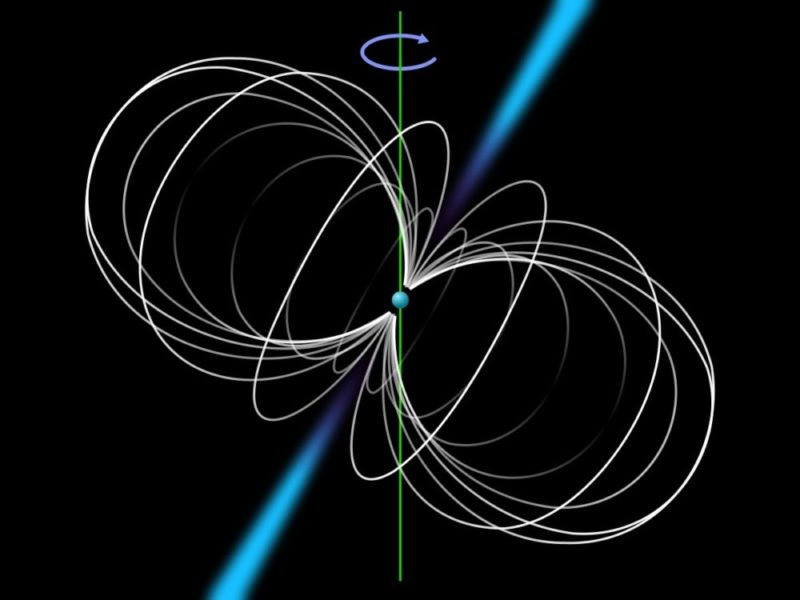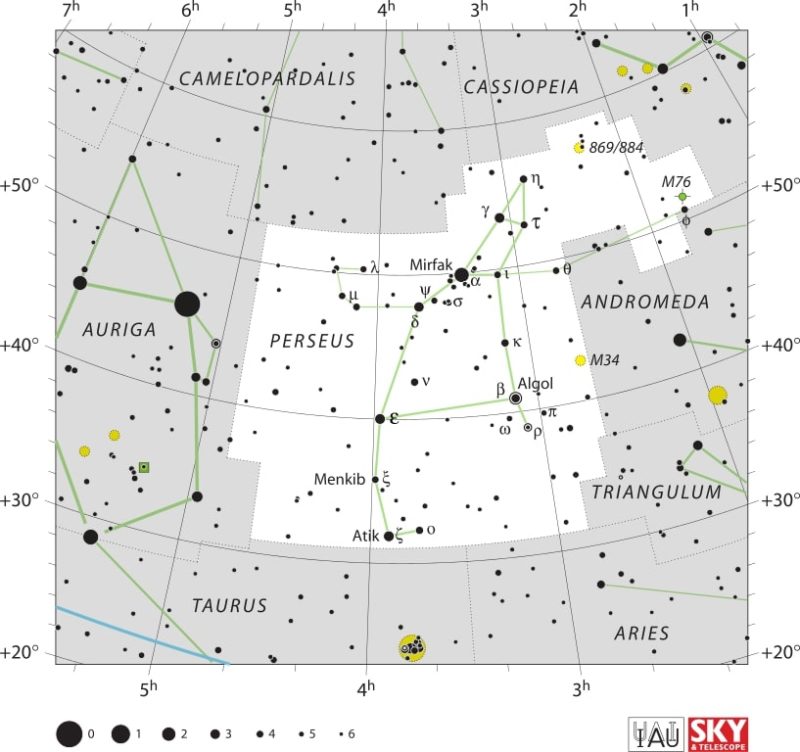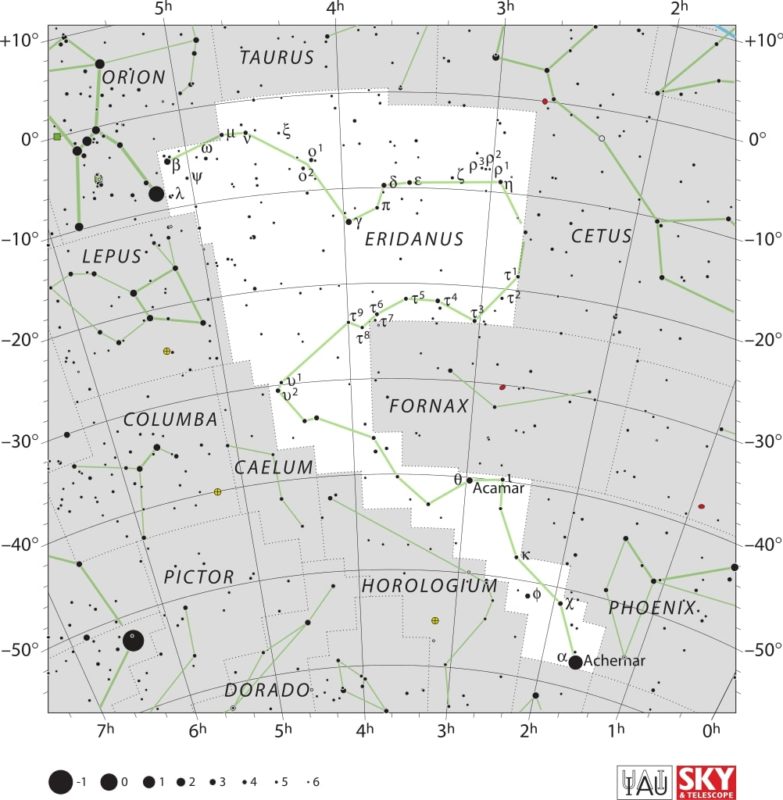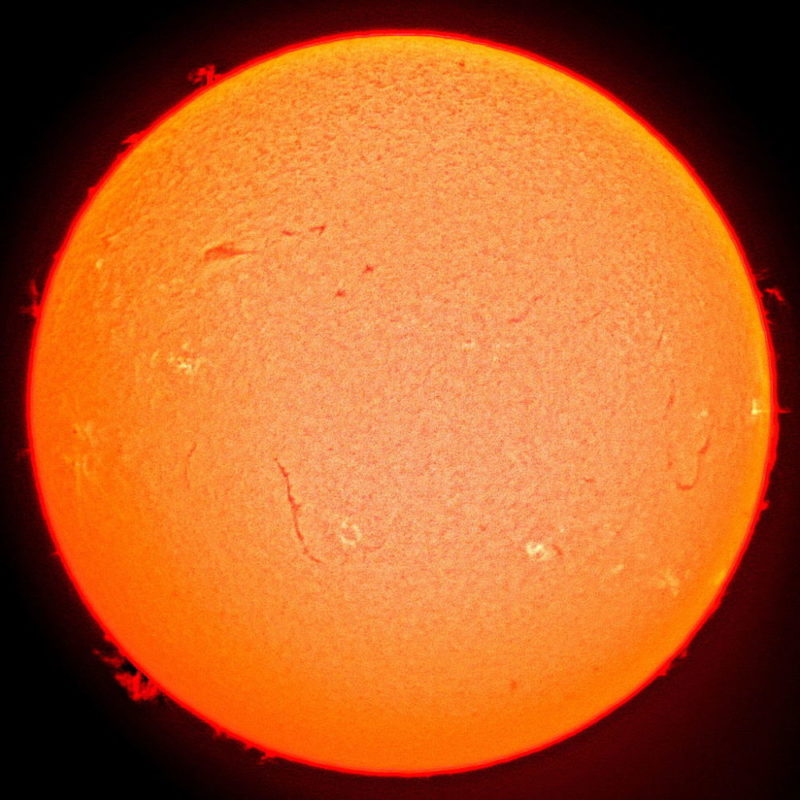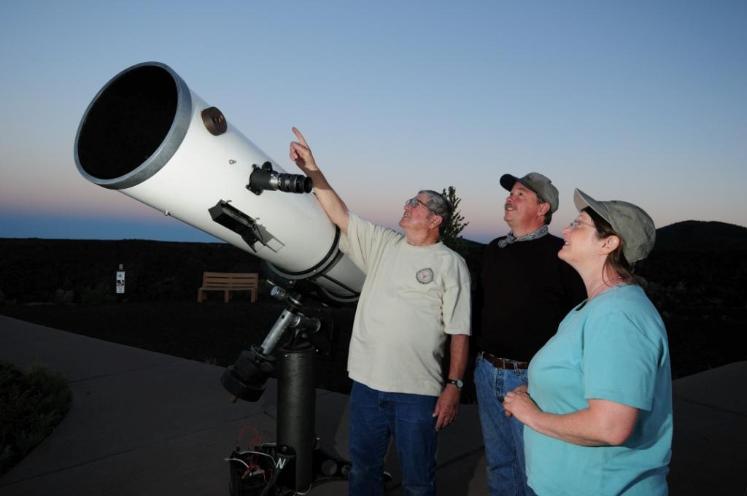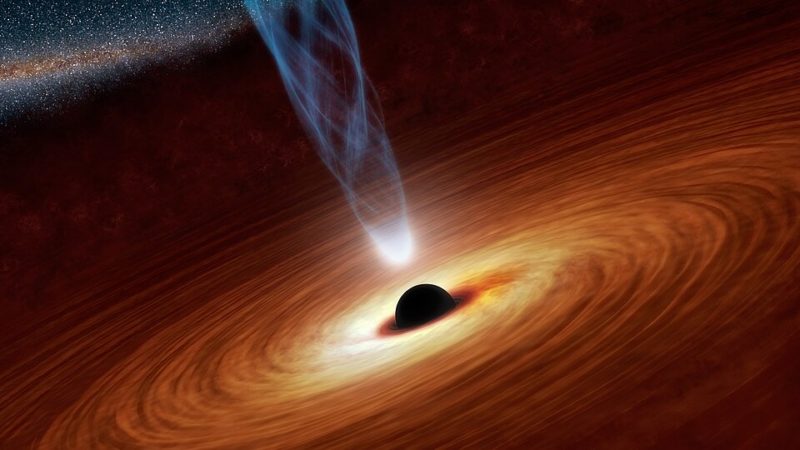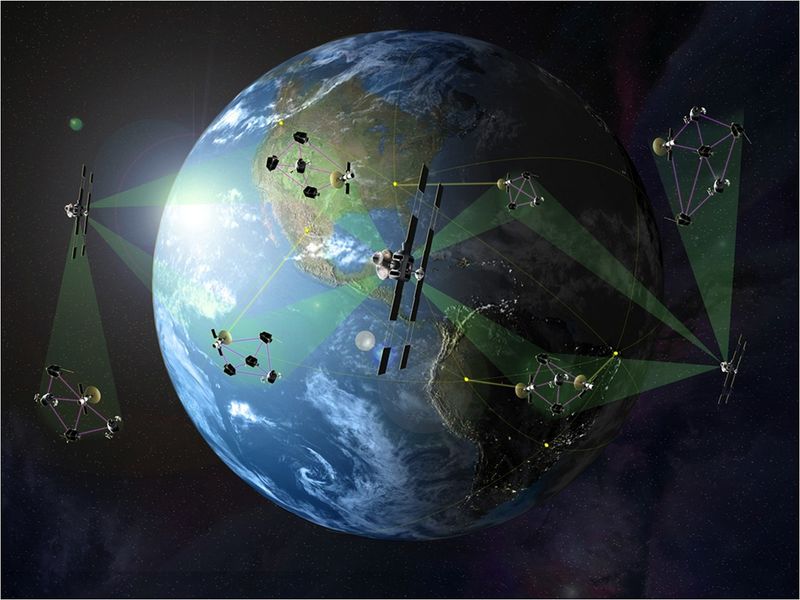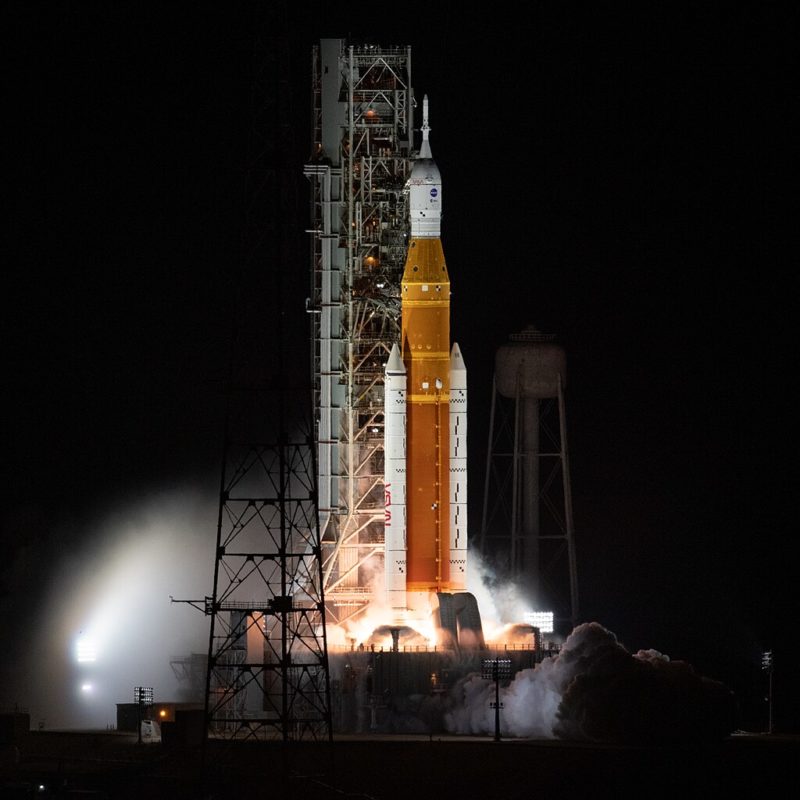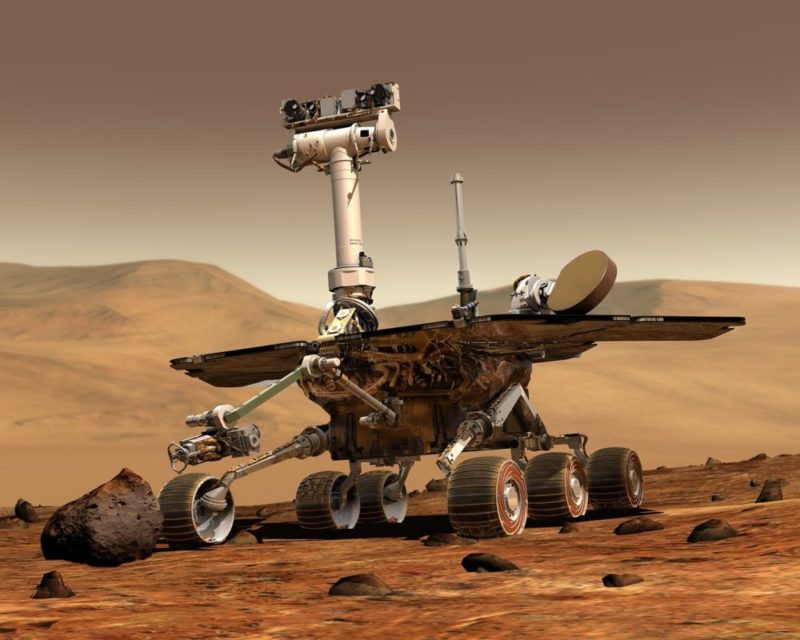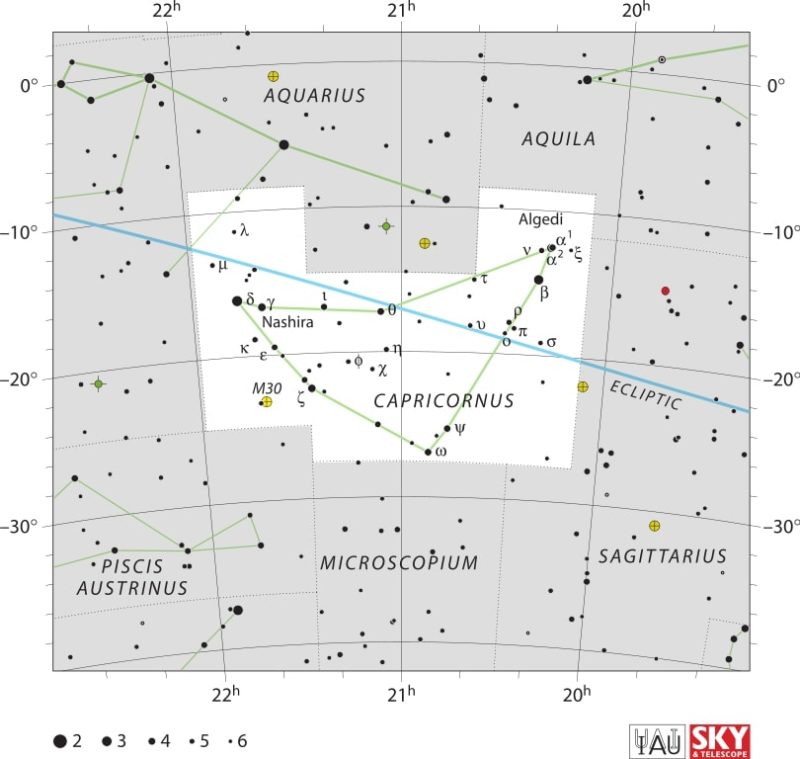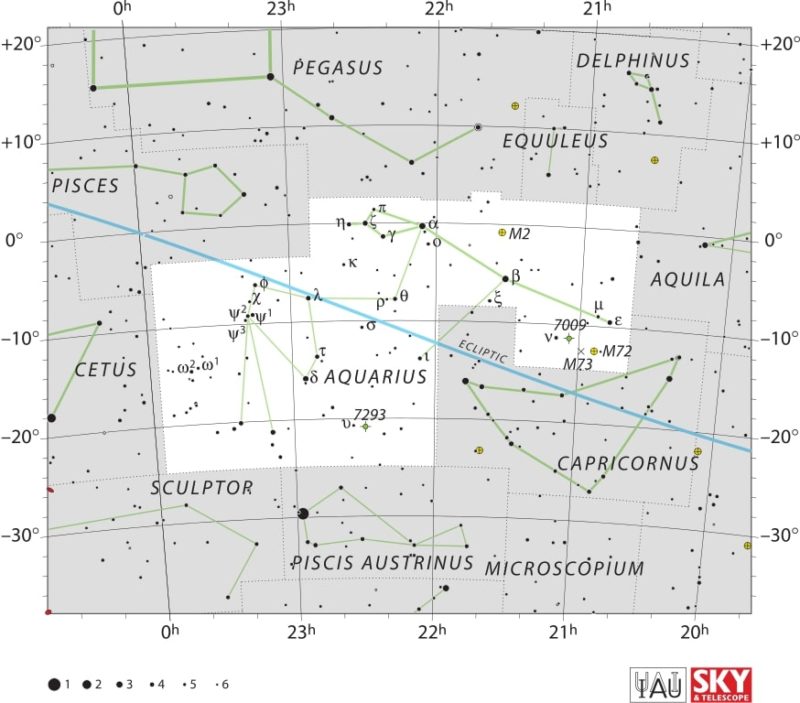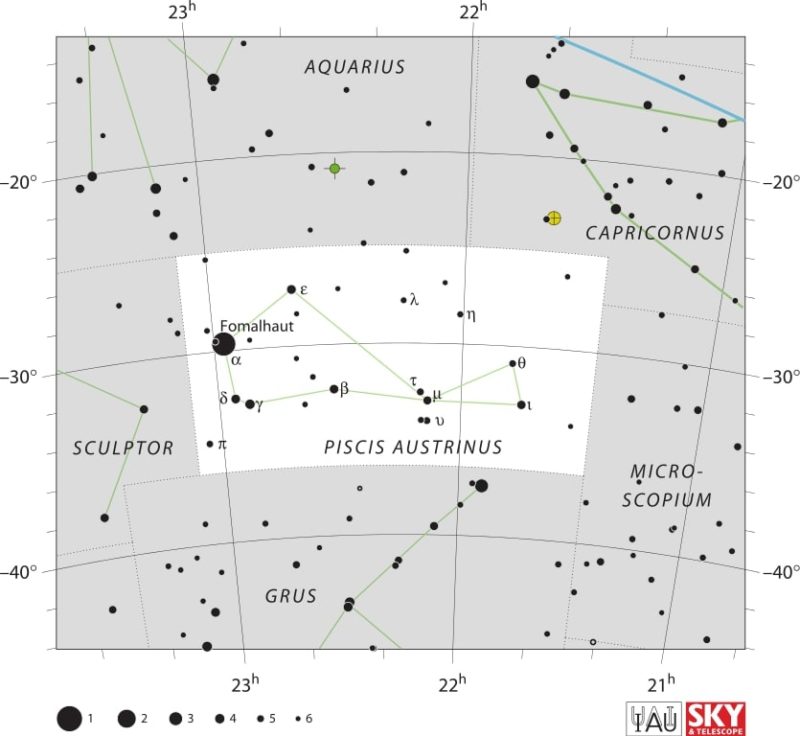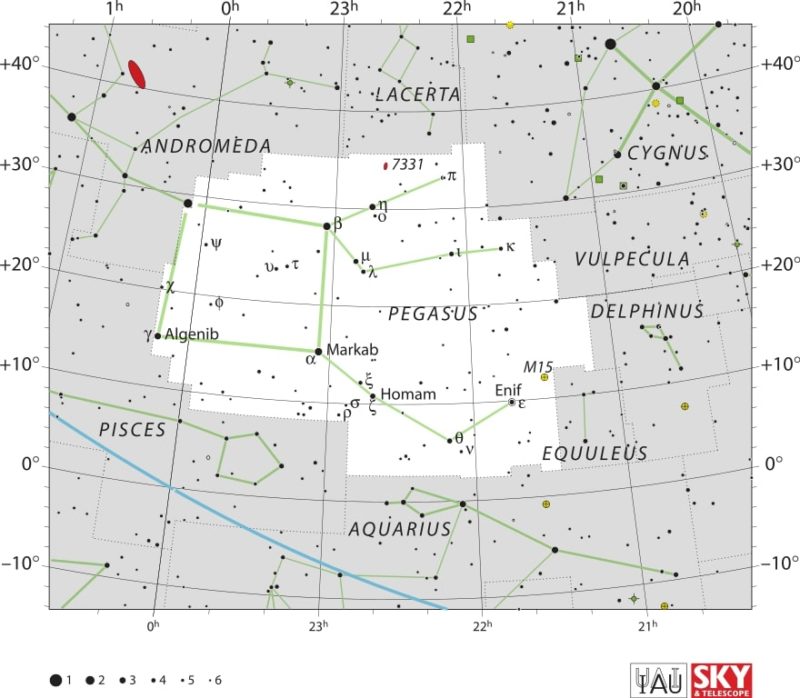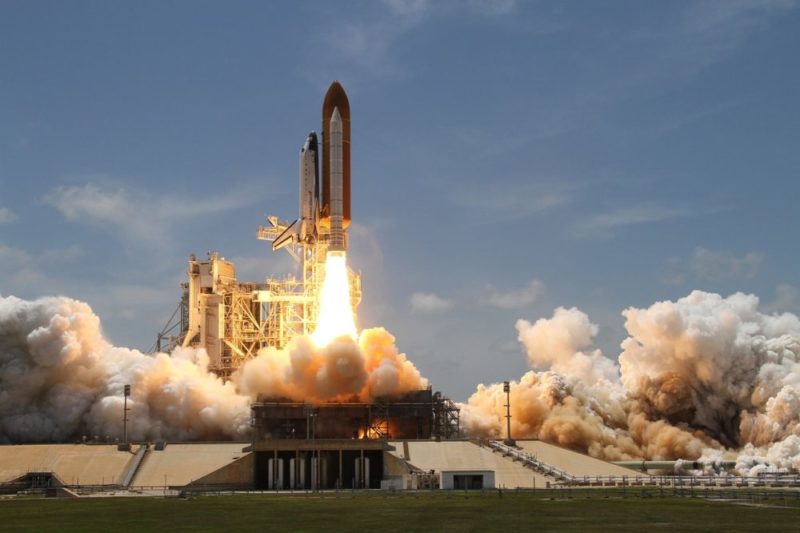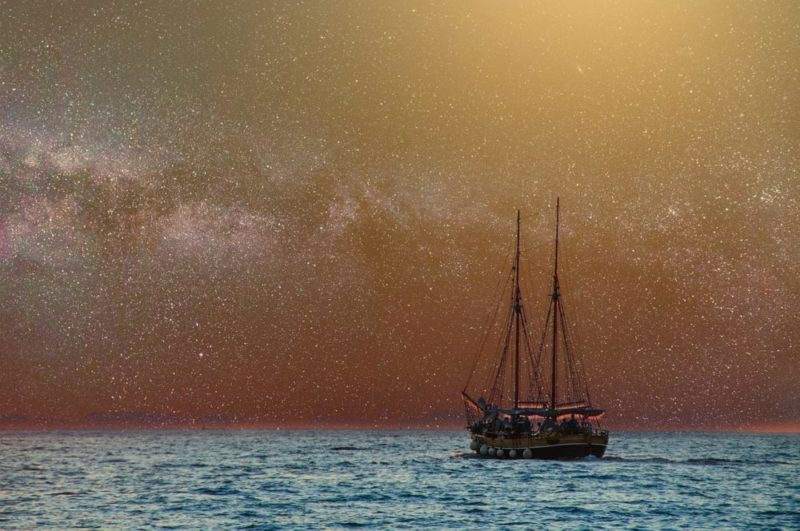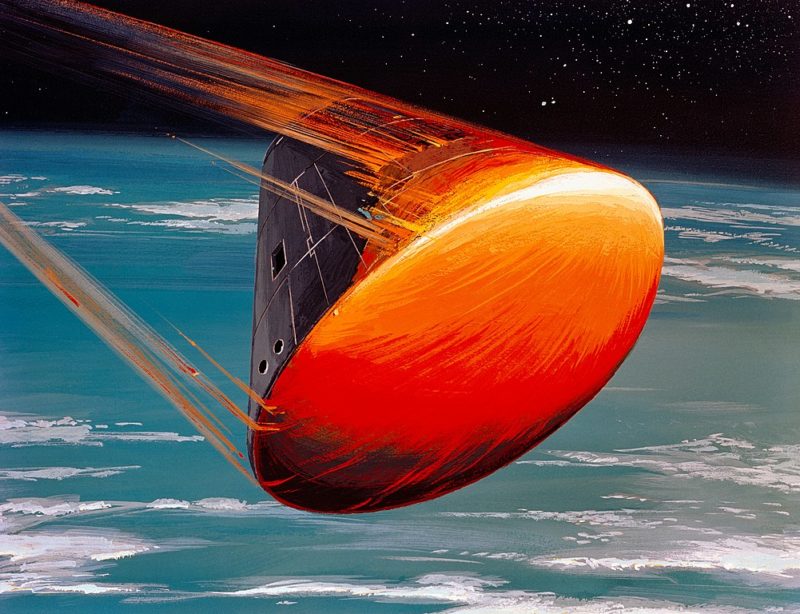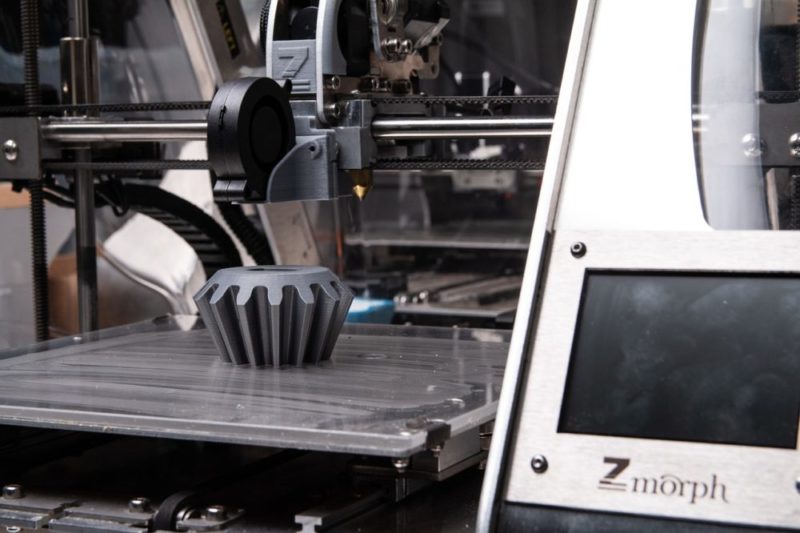Space
Embark on an astronomical journey. Explore the cosmos, study celestial objects, and unravel the mysteries of the universe through astronomy's fascinating realm.
How LIDAR Mapping the World in 3D Is Changing Exploration
LIDAR mapping the world in 3D preserves hidden history and landmarks at risk from climate change, helping protect data for future generations.
A Pulsar With Planets
Pulsar planets show that worlds can exist after supernovae, challenging what we know about planet formation in extreme cosmic environments.
Perseid Meteor Shower Viewing Tips
The Perseid meteor shower peaks on August 12. Learn how to watch, what to expect, and why it's one of the most popular sky events each year.
Eta Eridanid Meteor Shower Viewing Tips
Catch the Eta Eridanid meteor shower peaking August 8. Fast meteors from Eridanus light up southern skies—ideal for early morning skywatchers.
Safely Observe Solar Prominences, Filaments, and Flares
Learn how to safely observe solar prominences, filaments, and flares with filters, a small telescope, and smartphone for clear solar views.
Top Mistakes Beginning Astronomers Make
Beginning astronomers can avoid costly mistakes with this guide to choosing gear, setting expectations, and starting your stargazing journey.
Intermediate Black Hole Could Explain Black Hole Evolution
Black hole evolution remains mysterious, but recent observations of intermediate black holes are helping astronomers fill in the missing pieces.
Why Are Satellites So Important?
Satellites are important for communication, navigation, weather forecasting, and space exploration, supporting today’s world and future technologies.
How Did NASA Build and Fund the Space Launch System (SLS) Rocket?
Explore NASA's monumental Space Launch System, paving the way for Mars missions. Budget challenges, ambitious goals, and adaptability await!
Common Tools Used to Gather Data in Space
Discover the common tools to gather data in space, from satellites and sensors to robotics and citizen science helping explore the universe.
Alpha Capricornid Meteor Shower Overview
The Alpha Capricornid meteor shower peaks July 30 with bright, slow-moving fireballs. Best viewed from dark skies in late July and early August.
Southern Delta Aquariid Meteor Shower Viewing Tips
The Southern Delta Aquariid meteor shower peaks July 30 with up to 25 meteors/hour. Watch after midnight from dark, clear skies for best views.
Piscis Austrinid Meteor Shower: Observation Tips
Catch the Piscis Austrinid meteor shower peaking July 28. Best seen before dawn from dark southern skies, this faint display is worth an early start.
July Pegasid Meteor Shower Overview
Catch the fast, faint July Pegasid meteor shower peaking around July 10. Learn how to view this rare event with the right timing and conditions.
Stargazing Calendar for July 2025
Discover stargazing highlights for July 2025, including meteor showers, planetary conjunctions, and top astronomy events to watch this month.
Did You Know Polyurethane Foam Made the Space Shuttle Possible?
Polyurethane foam proved crucial in the space shuttle program and continues evolving into more sustainable forms for space and Earth applications.
What’s the Difference Between LEO, MEO and GEO Satellites?
Understand the LEO, MEO, GEO difference as nearly 21,000 satellites orbit Earth, powering global communication and raising space debris concerns.
What is Celestial Navigation?
Learn how celestial navigation works, who still uses it today, and why this ancient skill could still save your life in our GPS-reliant world.
How Do Spacecraft Withstand Re-Entering Earth’s Atmosphere?
Discover how spacecraft re-entering Earth's atmosphere survive extreme heat using advanced materials and design innovations from NASA and SpaceX.
What Are The Benefits of 3D Printing in Space?
Discover how 3D printing in space helps astronauts build tools, cut waste, and support future deep-space missions with advanced technology.


